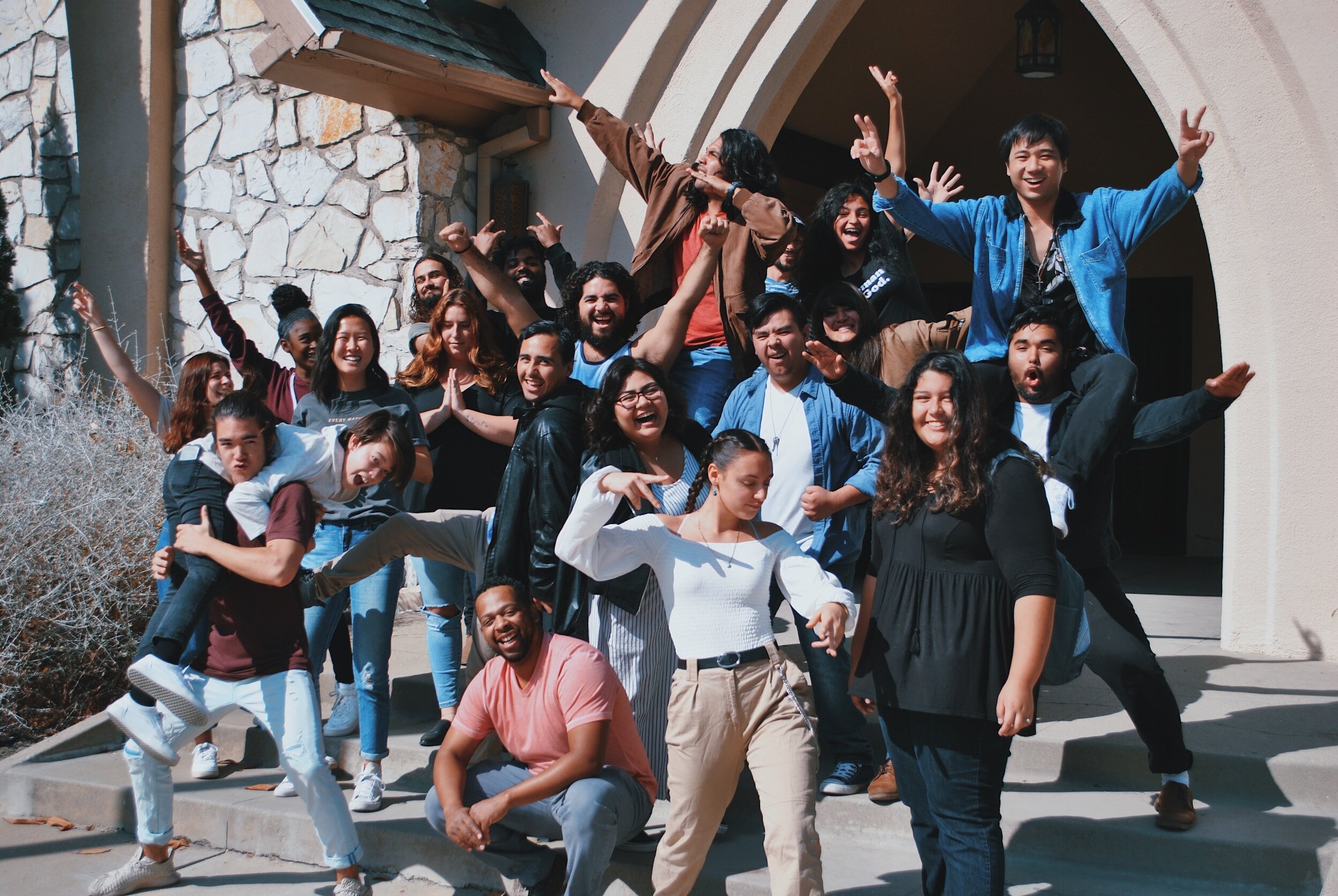STEM Equity Initiative Blog
Search Blog by topic

Mass Murder: An Answer to a CTE Teacher’s Dilemma
In traumatic situations, content and pedagogy are not enough. What emerges is another equally important factor: the culture of the classroom.

Equity in CTE at a Time of Racial Justice
Career and Technical Education (CTE) is another example of how our history has created cultural biases that still linger today. Changing bias connected to old blue-collar professions is not as easy as simply educating people with one presentation, website, or brochure. Waiting until high school to talk to parents is too late. STEM Equity Initiative’s mindful and intentional focus on eliminating biases can help you combat these biases and create an equitable learning environment

Inclusivity Doesn’t Take a Village; It Takes a Community! How Johnson College Overcame “3P1."
In 2017, Johnson College, a private two-year technical college, made access and inclusion a part of its strategic plan. This meant that by 2018 every department had to build departmental goals to create an environment that welcomed and supported every student into its CTE programs. From the President and CEO to the marketing department, faculty and support staff, the custodial workers and food service workers, and even the students, everyone was tasked to create the environment where everyone felt valued and included.

Adding Asset Thinking in CTE and All Education
The problem with the educational deficit model approach is that it first identifies areas of concern or potential challenges that may impact academic performance. Maybe it is time to work harder on ourselves and rethink our education system starting with each child and his, her, or their many assets as well as needs and vulnerabilities. Equity is not about making all children “normal” or “perfect” in some measurable way. It is rather about seeing each student as the gift they already are and starting from there.

Thank CTE Workers and Their Teachers
Thank CTE Workers and Their Teachers
COVID-19. Who knew how this virus would affect the world and each of us? For the STEM Equity Initiative, the pandemic highlighted the importance of Career and Technical Education (CTE) among the science, technology, engineering, and mathematics (STEM) career pathways.

The Importance of Community
What does community mean in education?
To connect community in education, we must begin by thinking about the whole child, not just addressing his, her, or their deficits. We must consider the child in the community of the classroom, the school, and the neighborhood.

Questions from the field: How do we continue to increase numbers of male and female students in educational programs that are nontraditional for them?
I’m often asked the questions, “How can we affect changes in student selection decisions for career and technical education (CTE) programs of study?” and “How can I convince a girl entering high school to consider a program in manufacturing or building trades or a boy entering high school to consider a nursing program?” Because so many potential factors influence student course and program choices (e.g., parents, peers, prior learning, cultural bias, hormones, and more), how can educators ensure the all students have full access to any and all of the CTE programs? Equally important, how can educators ensure that progress toward increasing enrollment for traditionally underrepresented students continue over time?

Question from the field: How do you affect change in others?
How do you affect the most change in people who are resistant to new ideas or change, even if it is positive?
How to get others to accept change is an age-old question. Over time, I have recognized a range in people’s acceptance of and ability to adapt to change (including my own).
What resources exist to assist schools in implementing the NEIR model?

Questions from the field: the Elephant in the Room
Use this blog post to ask anonymous questions about race, gender, and equity broadly, or comments and suggestions to open the discussion.

